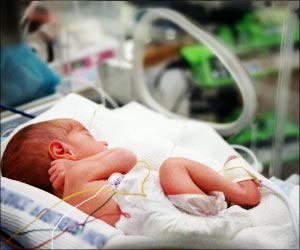Plastic household items that contain the chemical bisphenol A, may increase the frequency of arrhythmias, or heartbeat irregularities, among females
A new study on rodents finds that plastic bottles, cans and other plastic household items that contain the chemical bisphenol A, may increase the frequency of arrhythmias, or heartbeat irregularities, among females.
Animal studies in the past have shown that bisphenol A (BPA) can have harmful effects on the reproductive, nervous, and immune systems.In fact, last year, a study in humans found an increased prevalence of cardiovascular disease in people with high levels of BPA in the urine.
However, study co-author Dr. Scott Belcher at the University of Cincinnati said that the effects of BPA on the heart are unknown.
In the current study, led by Dr. Hong-Sheng Wang, the researchers found that low-dose BPA and oestrogen can act alone or in combination to increase harmful arrhythmias in female rats and mice.
As BPA has properties similar to the main female hormone oestrogen, it is considered an "environmental oestrogen."
Belcher said that mice and rats in the study had normal heart rhythms at baseline, before administration of BPA or estrogen (estradiol).
Advertisement
In both models, it was found that the exposure to BPA increased the frequency of arrhythmias, compared to baseline, in females but not in male animals.
Advertisement
Arrhythmias were most frequent in the female rats and mice when they received both BPA and oestrogen, at levels normally found in female humans.
"We have identified a new possible risk for female heart health, caused by increased levels of estrogens in the body and exposure to the environmental estrogen BPA," said Belcher.
BPA is found in polycarbonate-plastic baby bottles, refillable water bottles and food containers as well as the linings of metal food cans.
Arrhythmias occur when the heart beats too slowly or too fast or when it skips heartbeats, causing fatigue, light-headedness, fainting or sudden cardiac death and even a heart attack.
The study will be presented at The Endocrine Society's 91st Annual Meeting in Washington, D.C.
Source-ANI
RAS













